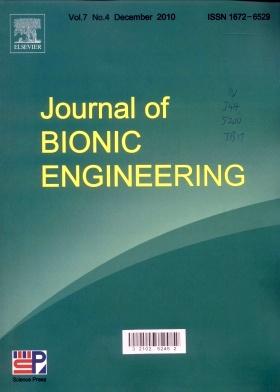Dual Self-attention Fusion Message Neural Network for Virtual Screening in Drug Discovery by Molecular Property Prediction
Abstract
The development of deep learning has made non-biochemical methods for molecular property prediction screening a reality, which can increase the experimental speed and reduce the experimental cost of relevant experiments. There are currently two main approaches to representing molecules: (a) representing molecules by fixing molecular descriptors, and (b) representing molecules by graph convolutional neural networks. Currently, both of these Representative methods have achieved some results in their respective experiments. Based on past efforts, we propose a Dual Self-attention Fusion Message Neural Network (DSFMNN). DSFMNN uses a combination of dual self-attention mechanism and graph convolutional neural network. Advantages of DSFMNN: (1) The dual self-attention mechanism focuses not only on the relationship between individual subunits in a molecule but also on the relationship between the atoms and chemical bonds contained in each subunit. (2) On the directed molecular graph, a message delivery approach centered on directed molecular bonds is used. We test the performance of the model on eight publicly available datasets and compare the performance with several models. Based on the current experimental results, DSFMNN has superior performance compared to previous models on the datasets applied in this paper.

 求助内容:
求助内容: 应助结果提醒方式:
应助结果提醒方式:


